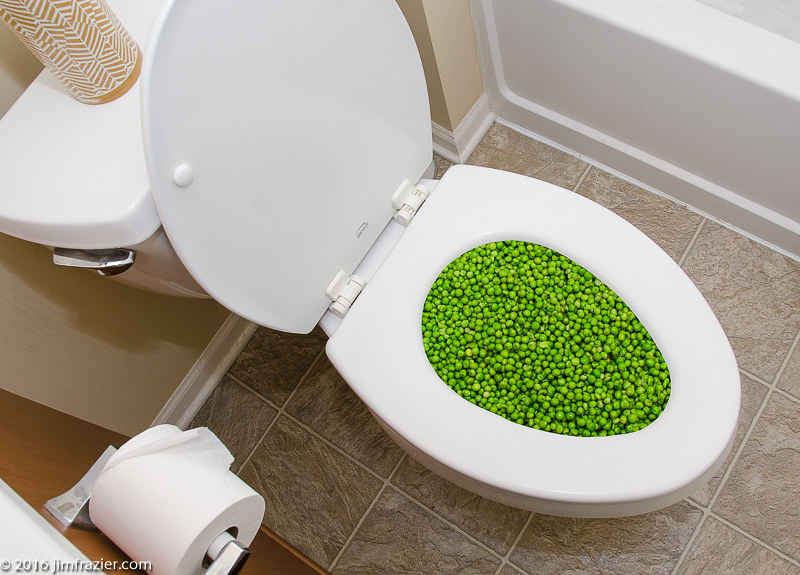Can You to Flush Food Down the Toilet?
Can You to Flush Food Down the Toilet?
Blog Article
They are making a few great annotation about Think Twice Before Flushing Food Down Your Toilet overall in the article directly below.

Introduction
Lots of people are frequently faced with the problem of what to do with food waste, especially when it concerns leftovers or scraps. One common question that emerges is whether it's okay to purge food down the toilet. In this article, we'll delve into the reasons why people could think about flushing food, the repercussions of doing so, and alternative techniques for proper disposal.
Reasons that individuals might consider purging food
Absence of understanding
Some people may not recognize the prospective damage brought on by flushing food down the commode. They may erroneously think that it's a harmless technique.
Convenience
Flushing food down the bathroom may appear like a fast and easy option to throwing away undesirable scraps, especially when there's no nearby trash bin available.
Negligence
Sometimes, people may merely select to flush food out of large laziness, without considering the effects of their actions.
Repercussions of flushing food down the commode
Ecological impact
Food waste that winds up in rivers can add to pollution and damage aquatic communities. In addition, the water utilized to purge food can strain water resources.
Plumbing problems
Flushing food can bring about clogged pipes and drains, causing pricey pipes repairs and hassles.
Sorts of food that ought to not be purged
Coarse foods
Foods with coarse structures such as celery or corn husks can get entangled in pipelines and create blockages.
Starchy foods
Starchy foods like pasta and rice can soak up water and swell, resulting in clogs in pipes.
Oils and fats
Greasy foods like bacon or cooking oils ought to never ever be purged down the commode as they can solidify and create blockages.
Proper disposal approaches for food waste
Utilizing a waste disposal unit
For homes geared up with waste disposal unit, food scraps can be ground up and purged with the pipes system. Nevertheless, not all foods are suitable for disposal in this manner.
Recycling
Certain food product packaging products can be recycled, lowering waste and decreasing environmental impact.
Composting
Composting is an environmentally friendly way to dispose of food waste. Organic materials can be composted and used to enhance soil for gardening.
The relevance of correct waste administration
Decreasing ecological damage
Proper waste monitoring practices, such as composting and recycling, assistance reduce contamination and protect natural resources for future generations.
Protecting pipes systems
By staying clear of the method of flushing food down the commode, house owners can prevent expensive plumbing repair work and keep the honesty of their pipes systems.
Conclusion
In conclusion, while it might be appealing to flush food down the commode for comfort, it is necessary to understand the potential repercussions of this action. By taking on appropriate waste monitoring practices and getting rid of food waste sensibly, individuals can add to healthier pipes systems and a cleaner atmosphere for all.
FLUSH FOOD DOWN THE TOILET?
FLUSHING FOOD CAN CAUSE BLOCKED DRAINS IN YOUR HOME
All of the plumbing fixtures in your home are connected to the same sewer pipe outside of your home. This outdoor sewer pipe is responsible for transporting all the wastewater from your home to the Council sewer mains. Even small pieces of food that go down the kitchen sink can cause problems for your sewer. It should therefore be obvious that flushing larger bits of food, such as meat, risks a clog in either the toilet itself or the sewer pipes. Flushing greasy food is even more problematic because oil coagulates when it cools, coating the interior lining of your pipes.
THE TOILET IS NOT A BIN
Food isn’t the only thing that people shouldn’t be flushing down the toilet. People use the toilet to dispose of all kinds of things such as tampons, makeup wipes, dental floss, kitty litter and even underwear. Water goes to great lengths to educate residents about the high costs and stress placed on wastewater treatment systems simply from people flushing the wrong stuff down the toilet. It costs taxpayers millions of dollars each year, and homeowners thousands in blocked drain repairs.
FLUSHING FOOD IS A WASTE OF WATER
Flushing food is a waste of our most precious resource - water. In June this year Level 1 water restrictions were introduced to protect water supply from drought conditions. Much of New South Wales continues to be affected by prolonged drought with recent figures revealing up to 97 per cent of the state remains in drought. Depending on whether you have a single or dual flush toilet, every single flush uses between five and 11 litres of water. In the current climate this is a huge amount of water to be wasting on flushing food that should be placed in the bin (or better yet, the compost).
https://www.jabplumbingsolutions.com.au/blog/can-you-flush-food-down-the-toilet

We had been made aware of that article about through a good friend on another blog. Loved our piece of writing? Please share it. Help others locate it. Thank-you for taking the time to read it.
Call Us Now Report this page